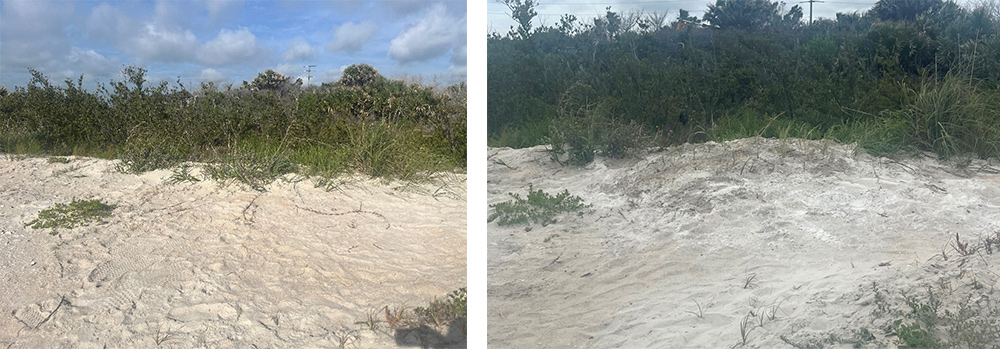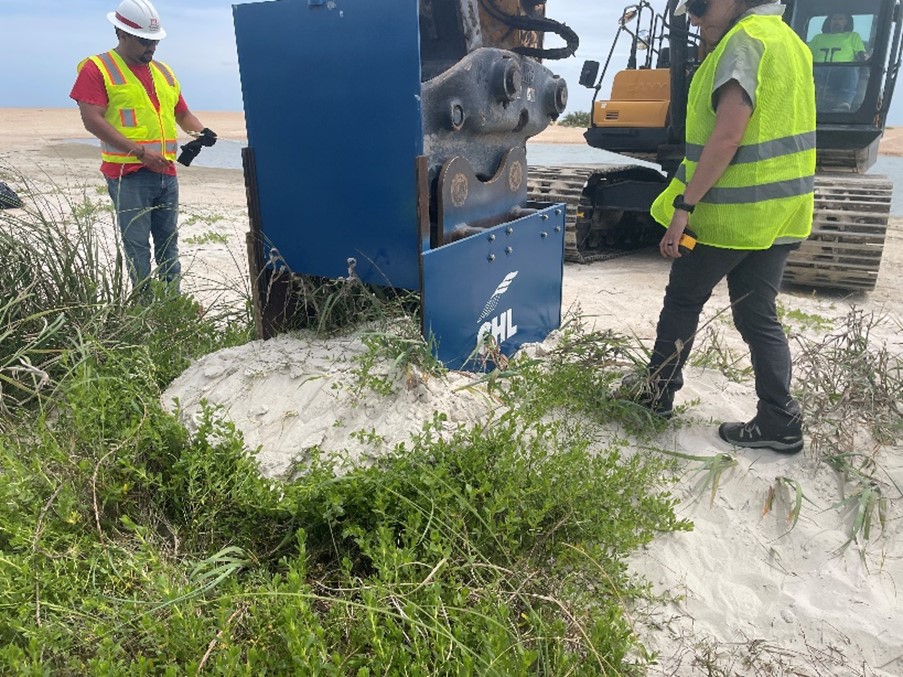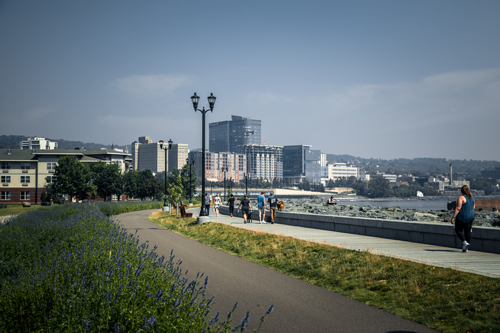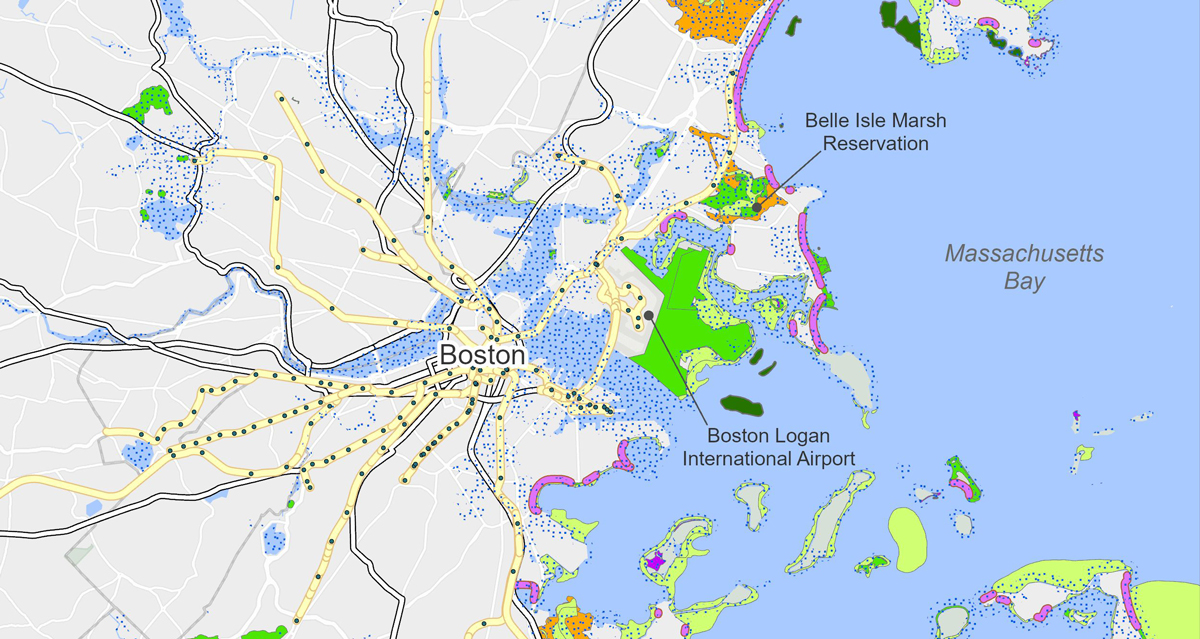The EWN research team from the Engineer Research and Development Center (ERDC), together with partners from the Network for Engineering With Nature (N-EWN), in coordination with local agencies, has undertaken a groundbreaking study to investigate the ecological drivers of dune stability. This research will improve our understanding of the role of natural vegetation in dune resilience under extreme wave action, crucial for informing coastal management practices and restoration designs.
Field Sampling and Experiment Setup
In a first-ever endeavor, researchers sampled a naturally developed dune segment from Northeast Florida. Unlike previous studies that relied on mimicked or transplanted vegetation, this effort focuses on studying a dune in its most natural state. The patent-pending Method and Device for Dune Sampling and Shoreline Monitoring, crafted by the US Army Engineer Research and Development Center (ERDC) Welding and Model Shops, facilitated the quick and efficient extraction of the dune segment. The sampling took place in less than two hours with assistance from Jacksonville District’s Heavy Equipment Section.
Upon transport to the ERDC Coastal and Hydraulics Laboratory facilities in Vicksburg, MS, the dune sample was subjected to wave action simulation within a controlled flume environment. Laser measurements and capacitance wave gauges were employed to record profile changes, erosion rates, and wave data. Data collected from this effort will not only be used to inform management strategies but can ultimately be used to improve numerical modeling to better account for the role of vegetation within existing morphology models.
While at the field site, researchers also collected comprehensive vegetation data, including stem count, biomass density, and soil samples to test for fungi abundance. Sediment samples were taken to determine the grain size distribution. This data will be used to construct a mimic dune that replicates vegetative properties to determine differences in a natural versus a replicated constructed dune.
Following the dune sampling, a site restoration was performed to promote ecosystem recovery. A remediation sand was selected within a medium grain size of .01 mm of the site. Additionally, 25 plugs of bitter panicum and 25 plugs of sea oats, dune grasses native to Eastern Florida, were planted at the site.

Significance and Future Directions
This ongoing research, led by Leigh Provost from ERDC and Christine Angelini from the University of Florida, holds immense promise in advancing our understanding of dune stability dynamics. By elucidating the intricate interactions between vegetation, sediment, and wave forces, this study aims to inform more resilient and sustainable coastal management strategies. Furthermore, through the Network for Engineering With Nature (N-EWN) the partnership with the University of Florida’s Center for Coastal Solutions underscores the value to be gained through collaborative partnership, in this case to integrate ecological knowledge into engineering practices, fostering a holistic approach to coastal restoration and design.
By bridging the gap between field observations and laboratory experimentation, this study promises to yield valuable insights into the complex mechanisms governing dune stability, ultimately contributing to the development of innovative solutions for coastal resilience.
This interdisciplinary research initiative involved close coordination with multiple agencies including the Florida Department of Environmental Protection, the Guana Tolomato Matanzas National Estuarine Research Reserve, St. John’s County Florida, Jacksonville District, the University of Florida’s Center for Coastal Solutions, and multiple ERDC Laboratories.







